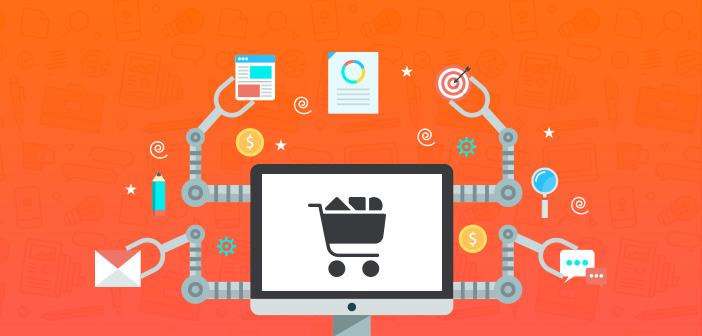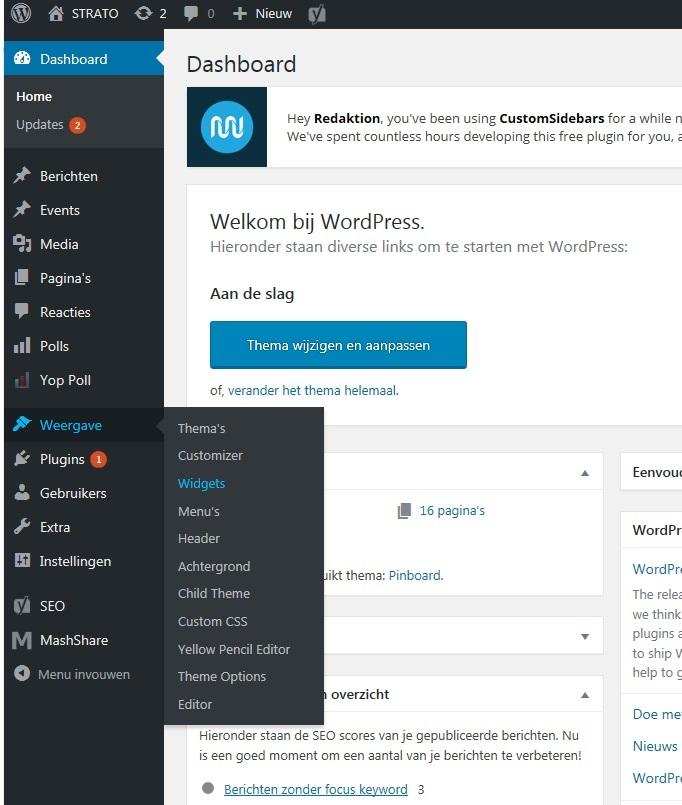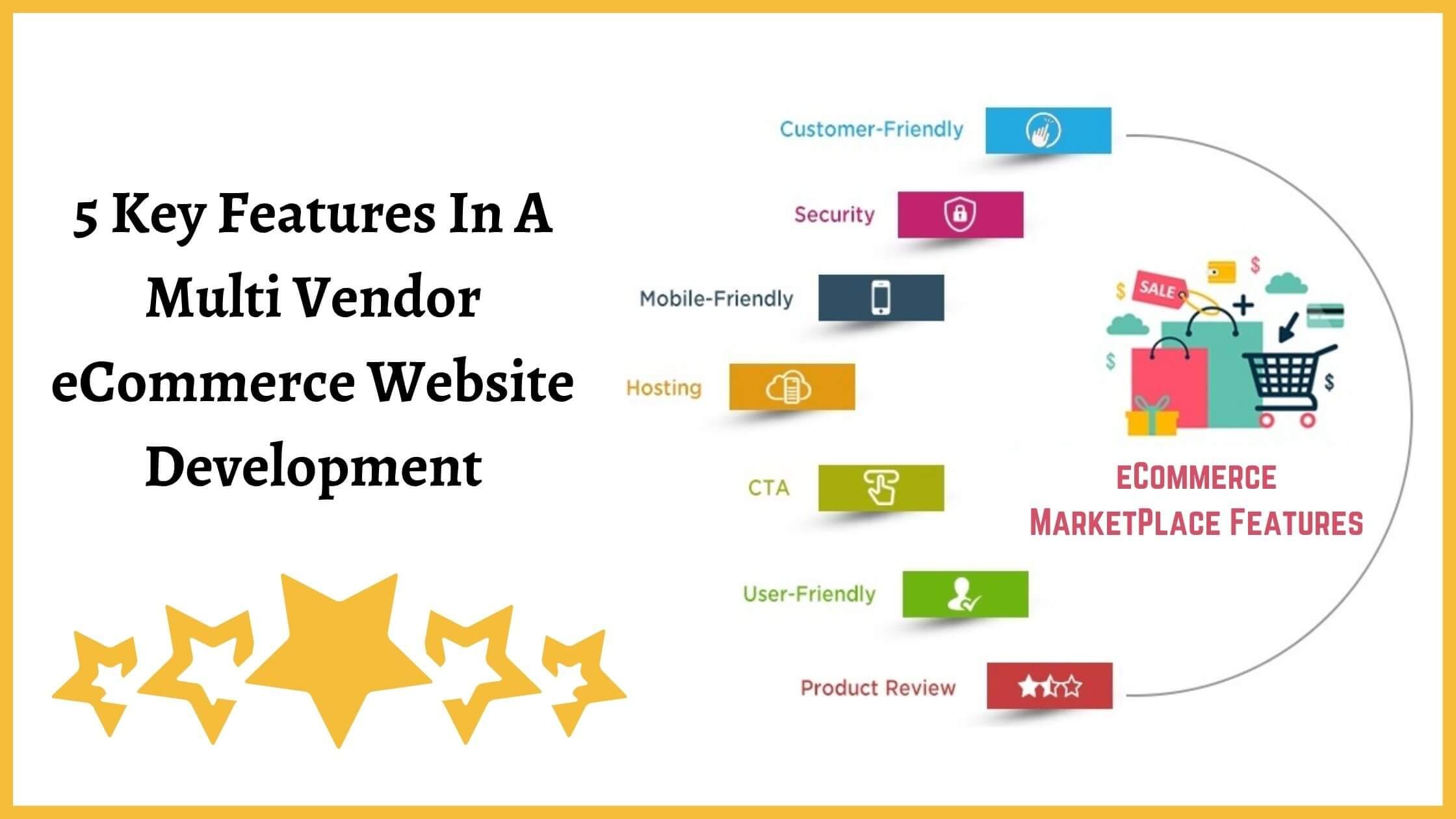In the fast-paced world of eCommerce, staying ahead of the competition means constantly evolving your marketing strategies. Imagine having the power to handle repetitive tasks and streamline your processes, allowing you to focus on what truly matters—growing your business and connecting with your customers. Enter eCommerce automation tools! as we gear up for 2025,the landscape of online retail is changing rapidly,and the right tools can make all the difference.
In this article, we’re diving into the 15 best eCommerce automation tools that promise to elevate your marketing game to new heights. Whether you’re looking to enhance customer engagement, optimize your campaigns, or improve your overall efficiency, these tools are designed to save you time and boost your performance. Let’s explore how you can harness the power of automation to not only meet but exceed your business goals this coming year! Ready to transform your marketing strategy? Let’s get started!
Exploring the Future of eCommerce Automation in 2025
The landscape of eCommerce automation is evolving rapidly,and by 2025,businesses will have remarkable tools at their disposal to enhance marketing strategies. As technology continues to advance, automation tools are becoming more complex, allowing eCommerce brands to not only streamline operations but also create personalized customer experiences that drive sales.Embracing these innovations will be crucial for businesses looking to thrive in a competitive marketplace.
Among the many advantages of eCommerce automation, data analysis stands out. By leveraging advanced analytics tools, businesses can gain insights into customer behaviors and preferences, allowing for more targeted marketing campaigns. Tools like Google Analytics 4 and Adobe Analytics will enable brands to track user interactions across multiple platforms, providing a holistic view of their customers’ journey.
Another area where automation will shine is in customer relationship management (CRM). Platforms such as HubSpot and Salesforce are already leading the charge in integrating AI-driven features that help businesses manage customer interactions more effectively. These systems can automate follow-ups, segment audiences based on behavior, and even predict customer trends, ensuring that marketing efforts are both timely and relevant.
as the demand for personalized experiences grows, tools that harness email marketing automation will be vital. Solutions like Mailchimp and Klaviyo are set to advance their capabilities, allowing marketers to send hyper-personalized messages based on user behavior, preferences, and past purchases. This not only increases engagement but also boosts conversion rates significantly.
moreover,social media automation will continue to evolve,enabling eCommerce brands to engage with their audience more effectively. Tools such as hootsuite and Buffer will incorporate AI features that optimize post timings and content suggestions based on user interactions, ensuring brands maintain a strong online presence while saving valuable time.
| Tool Name | Primary Function | Key Benefit |
|---|---|---|
| HubSpot | CRM Automation | Enhanced customer engagement |
| Klaviyo | Email Marketing | Personalized campaigns |
| Mailchimp | Email Automation | Increased open rates |
| Hootsuite | Social Media Management | Streamlined posting |
| Google Analytics 4 | Data Analytics | In-depth customer insights |
As we look ahead to 2025, it’s clear that the future of eCommerce automation holds exciting possibilities. By integrating these cutting-edge tools into marketing strategies, businesses can not only improve efficiency but also foster deeper connections with customers. the ability to automate and personalize will be the key differentiator for brands aiming to succeed in the ever-changing eCommerce landscape.
Why eCommerce Automation is a Game changer for Marketers
In the fast-evolving world of digital marketing, eCommerce automation has emerged as a transformational force that empowers marketers to streamline their efforts and maximize returns. By leveraging automation tools, businesses can enhance efficiency, reduce manual tasks, and focus on strategic initiatives that drive growth. This technology not only saves time but also enables marketers to deliver personalized experiences, engage customers more effectively, and ultimately boost sales.
Imagine having a system that can automatically segment your audience based on their shopping behavior, preferences, and demographic information. With advanced automation tools, marketers can create tailored marketing campaigns that resonate with specific customer segments, increasing engagement rates and fostering brand loyalty. These tools enable businesses to deliver the right message at the right time, ensuring that potential buyers are nurtured through their purchasing journey.
Moreover, eCommerce automation enhances the overall customer experience. Automated chatbots can provide instant support, answering queries and guiding users through their shopping experience without the delays of human interaction. This level of real-time assistance not only enhances customer satisfaction but also allows marketers to gather valuable insights into customer needs and pain points.
another critically important advantage is the ability to analyze data effortlessly. Automation tools can track key performance metrics, such as sales conversions, average order values, and customer acquisition costs, enabling marketers to assess the effectiveness of their campaigns in real time. This data-driven approach allows for timely adjustments to strategies, ensuring that marketing efforts remain aligned with business goals.
implementing eCommerce automation can lead to ample cost savings. By minimizing manual tasks in areas such as inventory management,order processing,and customer follow-ups,businesses can reduce operational costs and allocate resources more effectively. This efficiency not only improves profitability but also allows for a more agile response to market changes.
| Benefit of eCommerce Automation | Description |
|---|---|
| Enhanced efficiency | Reduces repetitive tasks, freeing up time for strategic initiatives. |
| Personalized Marketing | Delivers tailored experiences based on customer behavior and preferences. |
| Real-Time Support | Utilizes chatbots for immediate customer assistance and engagement. |
| Data-Driven Insights | Tracks performance metrics for timely strategy adjustments. |
| Cost Savings | Minimizes manual work, leading to reduced operational costs. |
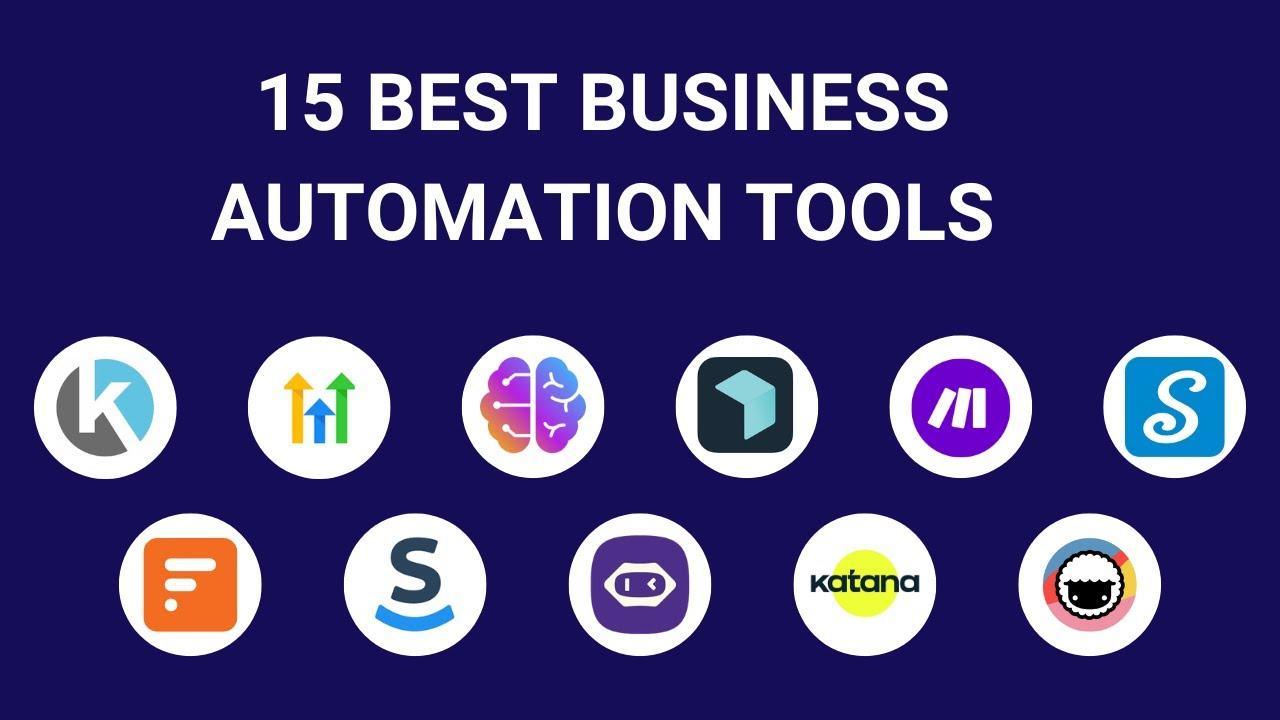
Essential Features to Look for in Automation Tools
When selecting automation tools for your eCommerce business, certain features can significantly enhance your marketing efforts and streamline your operations. Here are some essential elements to consider:
- User-Friendly Interface: A tool with an intuitive design can save you time and reduce the learning curve for your team. Look for drag-and-drop functionalities and clear navigation menus.
- Integration Capabilities: Your automation tools should seamlessly integrate with other platforms you use, such as CRM systems, email marketing software, and eCommerce platforms. This connectivity allows for a more cohesive workflow and data sharing.
- Customization Options: Every business is unique, and your automation tools should reflect that. Ensure that the options for customizing workflows, templates, and reports meet your specific needs.
- Analytics and Reporting: A robust reporting feature is essential for tracking performance metrics. Look for tools that provide real-time data visualization, enabling you to make informed decisions quickly.
- Multi-Channel Support: as consumers interact with brands across various platforms, your automation tools should support email, social media, SMS, and more, allowing you to reach your audience wherever they are.
Additionally, consider exploring features that enhance customer engagement. Automation tools that provide personalized recommendations and targeted messaging can significantly improve conversion rates.This personalization is crucial in establishing a connection with your audience and fostering loyalty.
Security should also be a top priority. Ensure that the tools you select adhere to industry standards for data protection and offer essential security features, such as two-factor authentication and regular updates. This ensures that both your business and customer data remain safe.
| Feature | Importance |
|---|---|
| User-Friendly Interface | Simplifies training and increases efficiency |
| Integration Capabilities | Enhances workflow and data synergy |
| Customization Options | Aligns with unique business needs |
| Analytics and Reporting | Informs decision-making with real-time data |
| Multi-Channel Support | Expands reach across various platforms |
Lastly, always consider the scalability of the automation tool. As your eCommerce business grows, your tools should be able to grow with you. Look for solutions that offer flexible pricing plans and the ability to add features as your needs evolve.
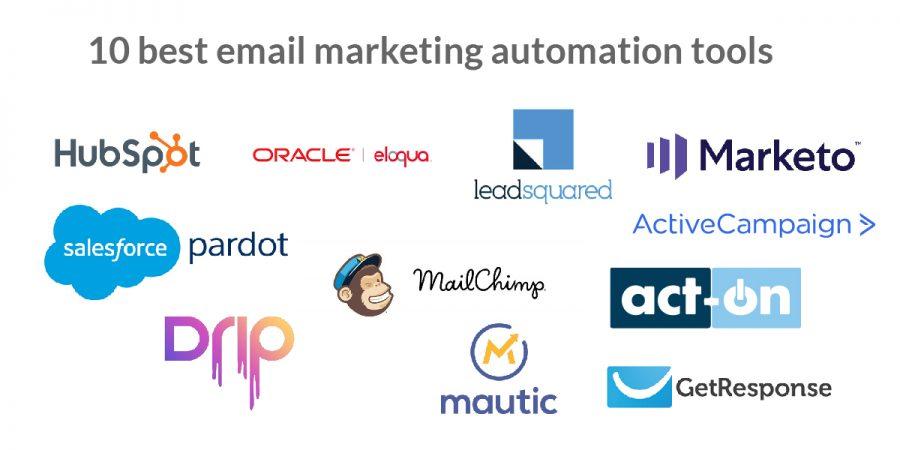
Top Tools to Streamline Your Email Marketing Efforts
Email marketing remains a cornerstone of effective communication for eCommerce businesses. With the right tools, you can transform your email campaigns from mundane to extraordinary, ensuring higher engagement and conversion rates. Here are some of the best tools to enhance your email marketing efforts:
- Mailchimp: Known for its user-friendly interface, Mailchimp offers robust automation features, allowing you to send targeted emails based on customer behavior.
- ActiveCampaign: This tool excels in creating personalized email experiences through advanced segmentation and automation workflows.
- Klaviyo: Specifically designed for eCommerce,Klaviyo integrates seamlessly with platforms like Shopify,enabling personalized email campaigns based on customer data.
- ConvertKit: Ideal for content creators, ConvertKit focuses on simplifying the process of building your email list while providing powerful automation tools.
- Sendinblue: Combining email marketing with SMS campaigns,Sendinblue offers a thorough solution for reaching customers through multiple channels.
choosing the right tool can significantly impact your marketing strategy. As an example, consider a comparison of features to better understand which platform aligns with your business needs:
| Tool | Best For | Key Feature |
|---|---|---|
| Mailchimp | beginners | Drag-and-drop editor |
| ActiveCampaign | Advanced Users | CRM integration |
| Klaviyo | eCommerce Brands | Dynamic content generation |
| ConvertKit | Bloggers | Tagging system |
| Sendinblue | Multi-channel Marketers | SMS integration |
Additionally, integrating your email marketing tool with your eCommerce platform can streamline your campaigns. Most of these tools offer easy integration options that allow you to sync customer data, track order history, and send personalized emails based on shopping behaviors. This level of customization ensures that your audience receives relevant content, increasing the likelihood of conversions.
don’t underestimate the power of analytics. The best email marketing tools come equipped with in-depth reporting features that allow you to track open rates, click-through rates, and overall engagement.Monitoring these metrics will help you make data-driven decisions to refine your strategies and optimize your email campaigns for maximum impact.
Maximizing Social Media Engagement with Automation
In today’s digital landscape, maximizing engagement on social media is crucial for eCommerce brands looking to thrive. Automation tools can help streamline your social media efforts, saving you time while enhancing your connection with your audience. By leveraging these technologies, businesses can maintain a consistent presence and drive higher engagement rates across various platforms.
One of the most effective strategies is to use content scheduling tools. These allow you to plan and post content at optimal times, ensuring your audience sees your posts when they are most active. Popular platforms like Buffer and Hootsuite not only offer scheduling capabilities but also provide analytics to help you understand which posts resonate most with your audience.
Another powerful feature of automation is the ability to engage with your audience in real-time. Tools like Sprout Social and Agorapulse enable businesses to monitor social conversations and respond to comments or messages promptly. This creates a sense of community and encourages users to interact more with your brand, ultimately increasing loyalty and trust.
Additionally, consider implementing personalized marketing strategies through automation. By utilizing tools that analyze customer behavior, you can tailor your content to meet the specific needs and preferences of your audience. Platforms like Klaviyo and Mailchimp allow for advanced segmentation,ensuring that your messages are relevant and impactful.
When it comes to measuring the success of your automated efforts, tracking key metrics is essential. Utilize tools that provide insights into engagement rates, follower growth, and conversion statistics. this data not only helps you understand the effectiveness of your campaigns but also informs future strategies to ensure continued growth.
| Automation Tool | Key features | Best For |
|---|---|---|
| Buffer | Content scheduling, analytics | All-in-one management |
| Hootsuite | Social listening, reporting | Comprehensive monitoring |
| Sprout Social | Engagement tools, analytics | Real-time interactions |
| Klaviyo | Email automation, segmentation | targeted email campaigns |
By harnessing the power of automation, eCommerce brands can significantly enhance their social media engagement. The right tools not only optimize your workflow but also foster deeper connections with your audience, driving both brand loyalty and sales. Adopting these strategies will position your brand ahead of the competition as you navigate the dynamic landscape of digital marketing.
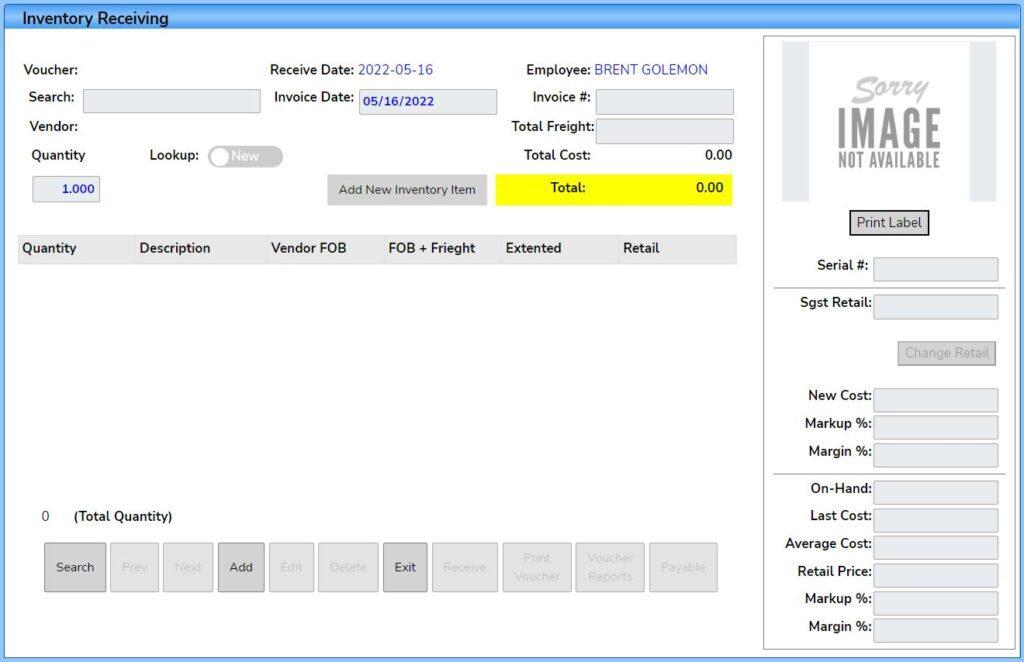
Seamless Inventory Management: Tools that Make a Difference
In the fast-paced world of eCommerce, having a robust inventory management system is not just a convenience; it’s a necessity. With the right tools, you can streamline your operations, reduce human error, and ultimately maximize your profits. let’s explore some innovative solutions that can revolutionize your inventory management process.
Automation tools are game-changers for eCommerce businesses looking to optimize their inventory management. They help you track stock levels in real-time,update your inventory across multiple platforms,and generate insightful reports. This seamless integration allows you to focus on your core business activities while ensuring that your inventory is always accurate and up-to-date.
Consider implementing tools that offer features like:
- Real-time inventory tracking
- Multi-channel support
- Automated reordering
- Detailed analytics and reporting
- Supplier management
Some of the most popular inventory management solutions include platforms like TradeGecko, Zoho Inventory, and Odoo. these tools not only help you manage stock levels efficiently but also integrate seamlessly with your existing eCommerce systems, making the transition smooth and hassle-free.
To illustrate the effectiveness of these tools, here’s a comparison of some leading inventory management software:
| Tool | Key Features | Best For |
|---|---|---|
| TradeGecko | Multi-channel sales, order management | Growing businesses |
| Zoho Inventory | Customizable reporting, multi-currency support | Small to medium enterprises |
| Odoo | Comprehensive ERP integration | Larger companies |
By adopting these inventory management tools, you can not only enhance your operational efficiency but also improve customer satisfaction through faster order fulfillment and accurate stock information. In a competitive eCommerce landscape, taking advantage of these smart solutions will certainly give your business the edge it needs.

enhancing Customer Experience through Chatbots and AI
In today’s fast-paced digital landscape, enhancing customer experience is paramount for eCommerce success. Chatbots and AI technologies have emerged as powerful tools that can significantly transform how businesses engage with their customers. By leveraging these innovations, companies can offer personalized interactions, instant support, and seamless shopping experiences that cater to the unique needs of their clientele.
24/7 Availability is one of the standout benefits of utilizing chatbots. Unlike human agents, chatbots can operate around the clock, responding to customer inquiries at any time. This not only boosts customer satisfaction but also increases conversion rates. Imagine a customer browsing your online store at midnight; a chatbot can instantly assist them, answering questions about product features or guiding them through the checkout process.
Moreover, AI-driven chatbots can analyze customer data to provide personalized recommendations. By understanding customer preferences and past behavior,these tools can suggest products tailored to individual tastes,enhancing the shopping experience. As an example,a customer who frequently purchases athletic gear could receive suggestions for the latest sneakers or workout accessories,driving up sales and fostering brand loyalty.
Another critical aspect of AI in eCommerce is its ability to streamline processes. Chatbots can handle routine inquiries, such as order tracking and return policies, freeing up human agents to tackle more complex issues. This not only optimizes operational efficiency but also ensures that customers receive immediate assistance for their straightforward questions, thus improving overall satisfaction.
Furthermore, integrating chatbots with other automation tools can create a cohesive marketing ecosystem. By collecting valuable customer insights, these AI systems can facilitate targeted email marketing campaigns, social media engagement, and tailored promotions. This synergy not only enhances the customer journey but also drives higher conversion rates and revenue growth.
| Benefits of Chatbots and AI | Impact on Customer Experience |
|---|---|
| Instant Support | Reduces response time, leading to higher satisfaction |
| Personalized Interactions | Increases engagement and loyalty |
| Operational Efficiency | Allows human agents to focus on complex tasks |
| Data-Driven Insights | Enables targeted marketing strategies |

Integrating Analytics for Data-Driven Decisions
In the fast-paced world of eCommerce, making informed decisions is crucial for staying ahead of the competition. By integrating analytics into your marketing strategies, you can turn raw data into actionable insights that drive results. This approach not only enhances your understanding of customer behavior but also optimizes your marketing efforts for greater efficiency.
Utilizing analytics tools allows you to track key performance indicators (KPIs) that matter most to your business. Some of the essential metrics to monitor include:
- Conversion Rates: Understanding how many visitors make a purchase can help refine your sales funnel.
- Customer Acquisition Cost (CAC): This helps in evaluating the costs associated with gaining new customers.
- Average Order Value (AOV): Knowing how much customers spend on average can tailor your upselling strategies.
By leveraging tools such as google Analytics, you can gain deeper insights into your website traffic and user engagement. This platform offers robust tracking capabilities, enabling you to segment your audience and analyze their behavior patterns. Additionally, predictive analytics can help forecast future trends based on past data, allowing you to anticipate customer needs and adjust your marketing strategies accordingly.
Moreover, integrating analytics into your eCommerce operations not only aids in decision-making but also enhances personalization. With the help of advanced analytics tools, you can create targeted campaigns that resonate with your audience by delivering personalized content and recommendations. This not only improves customer satisfaction but also fosters loyalty, turning one-time buyers into repeat customers.
To visualize the power of analytics in eCommerce, consider the following table that outlines the impact of data-driven marketing strategies:
| Strategy | Impact on Sales | Customer Engagement |
|---|---|---|
| Personalized Email Campaigns | +20% | Increased Click-Through Rates |
| Retargeting Ads | +30% | Higher Brand Recall |
| Dynamic Pricing | +15% | Improved Customer Satisfaction |
the integration of analytics in your marketing strategy is not just a trend; it’s a necessity for driving growth in 2025 and beyond. By harnessing the power of data, you can make strategic decisions that enhance your marketing efforts, improve customer experiences, and ultimately boost your bottom line. Embrace the future of eCommerce through analytics and watch your business soar.
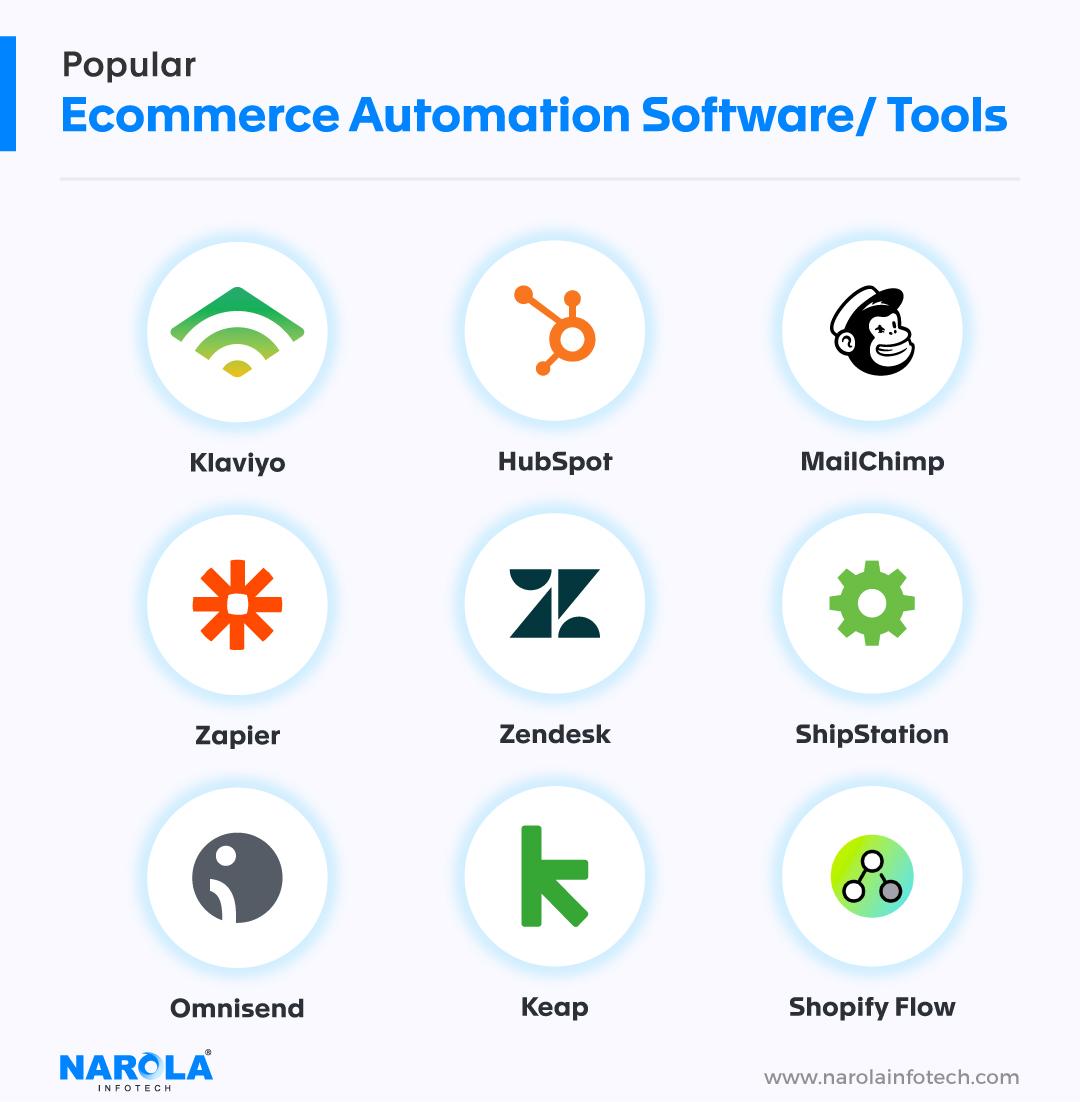
How to Choose the Right Tools for Your Business needs
When it comes to elevating your eCommerce game, selecting the right automation tools can be a transformative step. These tools can streamline processes, enhance customer interactions, and ultimately drive sales. However, with a plethora of options available, knowing what to look for is crucial. Here are some factors to consider:
- Business Goals: Define what you want to achieve with automation. Are you aiming to increase your email marketing efficiency, boost social media engagement, or enhance customer service? Understanding your goals will guide you in choosing the tools that align with your objectives.
- User Experience: Opt for tools that offer intuitive interfaces and seamless integrations. The easier a tool is to use,the more likely your team will adopt it and leverage its full potential.
- Scalability: As your business grows, your tools should grow with you. Choose solutions that can scale up to meet increased demand without compromising on performance.
- Budget: Automation tools come in various price ranges.Consider not only the upfront costs but also the long-term value they bring. A more expensive tool may offer superior features that save time and increase revenue.
It’s also important to evaluate the support and resources available for each tool. Look for platforms that provide extensive documentation, tutorials, and responsive customer service. This will ensure that you can troubleshoot and optimize your use of the tools effectively.
Furthermore, don’t underestimate the power of community feedback. Research user reviews,participate in forums,or ask for recommendations from industry peers. Real-world insights can provide you with a clearer picture of how well a tool performs in environments similar to yours.
| Feature | Importance |
|---|---|
| Integration Capability | Ensures seamless workflow with existing tools. |
| Analytics and Reporting | enables data-driven decision-making. |
| customer Support | Critical for ongoing assistance and issue resolution. |
choosing the right automation tools requires a thoughtful approach. By aligning your selection with your business needs and goals, considering user experience, support, and community feedback, you can set your eCommerce venture on a path toward greater efficiency and success.

Success Stories: Brands Thriving with eCommerce Automation
Frequently Asked Questions (FAQ)
Q: What are eCommerce automation tools, and why should I care about them?
A: Great question! eCommerce automation tools are software solutions designed to streamline various aspects of your online business. From managing inventory to automating marketing campaigns, these tools can save you time, reduce errors, and ultimately increase sales. If you’re in the eCommerce space, ignoring these tools is like sailing a ship without a compass—you’re likely to lose your way!
Q: How can these tools specifically improve my marketing strategies?
A: Think of automation tools as your marketing superstars! They can help you personalize customer experiences, segment your audience for targeted campaigns, and analyze performance metrics in real-time. By automating repetitive tasks,you can focus more on strategy and creativity,leading to more effective marketing efforts.
Q: Are these tools really worth the investment?
A: Absolutely! While there might be an upfront cost,the ROI can be significant. Consider the time you’ll save and the potential increase in sales from more effective marketing. Many users report a noticeable boost in their conversion rates and customer engagement after implementing these tools. It’s an investment in efficiency and growth!
Q: What features should I look for in an eCommerce automation tool?
A: Excellent question! Look for features like email marketing automation, customer segmentation, inventory management, analytics dashboards, and integration capabilities with your existing platforms. A user-friendly interface is also crucial—if it’s complex, you may not utilize it to its full potential.
Q: Are these tools suitable for small businesses, or are they just for big players?
A: The great news is that eCommerce automation tools come in various shapes and sizes, catering to different business needs. Many tools are designed specifically for small to medium-sized businesses, making them affordable and scalable. Whether you’re just starting out or looking to expand, there’s something for everyone.
Q: What are some examples of the best eCommerce automation tools for 2025?
A: We’ve curated a list of the top 15 tools that are making waves this year! Some highlights include klaviyo for email marketing, Shopify for overall management, and HubSpot for comprehensive CRM and marketing automation.Each tool has unique features that can help you optimize different aspects of your online business.
Q: How can I ensure I’m choosing the right tool for my business?
A: Start by identifying your specific needs. Are you struggling with email campaigns? Or is inventory management your Achilles’ heel? Once you know what you need, consider trying out free trials or demos of the tools on your shortlist.User reviews and industry comparisons can also provide valuable insights.
Q: What if I’m not tech-savvy? Can I still use these tools?
A: You bet! Many eCommerce automation tools are designed with user-friendliness in mind. They often come with tutorials, customer support, and robust resources to help you get started. Plus, investing some time in learning the basics can pay off big dividends for your business.
Q: How quickly can I expect to see results after implementing these tools?
A: While timelines can vary based on the tool and your specific strategies, many users begin to see improvements within a few weeks. The key is consistency and ensuring you’re using the tools to their full potential. be patient, track your metrics, and adjust your strategies as needed!
Q: Can these tools help me with customer retention?
A: Absolutely! Automation tools can enhance your customer retention efforts by enabling personalized communication, timely follow-ups, and loyalty programs. By understanding your customers’ behaviors through analytics,you can tailor your marketing efforts to keep them coming back for more.
Q: Where can I find more information about the 15 best eCommerce automation tools for 2025?
A: You’re in luck! Check out our full article where we dive deep into each tool, discuss their features, and provide tips on how to integrate them into your business. It’s a treasure trove of information designed to help you elevate your eCommerce game this year!
Key Takeaways
As we wrap up our exploration of the 15 best eCommerce automation tools to supercharge your marketing in 2025, it’s clear that embracing technology isn’t just an option—it’s a necessity.Whether you’re looking to streamline your operations, enhance customer experience, or boost your marketing strategies, these tools offer astounding potential to take your business to the next level.
Now, imagine what you could achieve by incorporating even a few of these powerful solutions into your workflow. increased efficiency? check. Personalized customer engagement? Absolutely. More time to focus on what really matters—growing your business and connecting with your audience? you bet!
So, why wait? Dive into the world of eCommerce automation and watch your marketing efforts transform. Start exploring these tools today and set your business up for success in 2025 and beyond. after all, the future of eCommerce is radiant, and with the right tools at your disposal, there’s no limit to what you can achieve. Happy automating!

